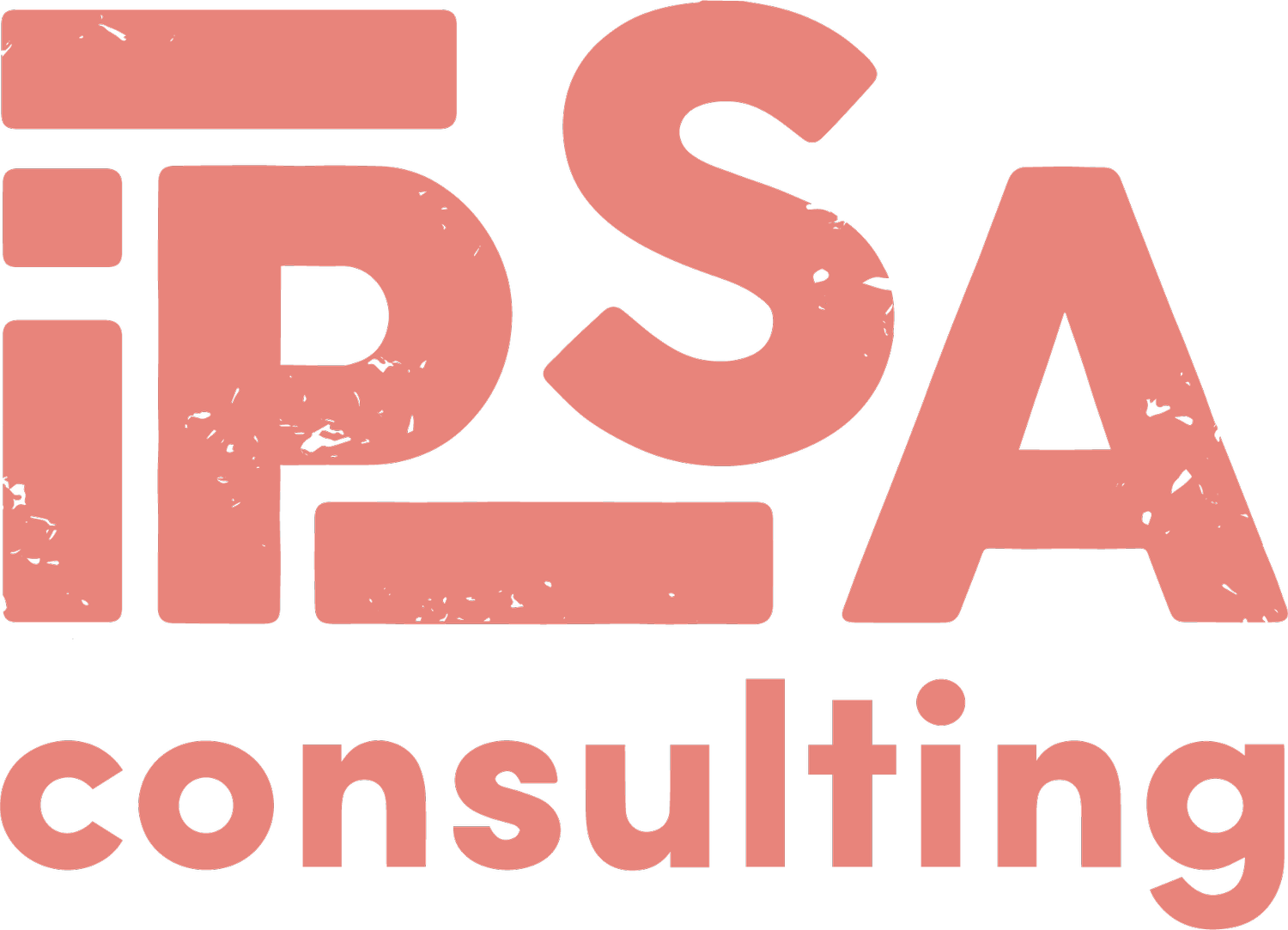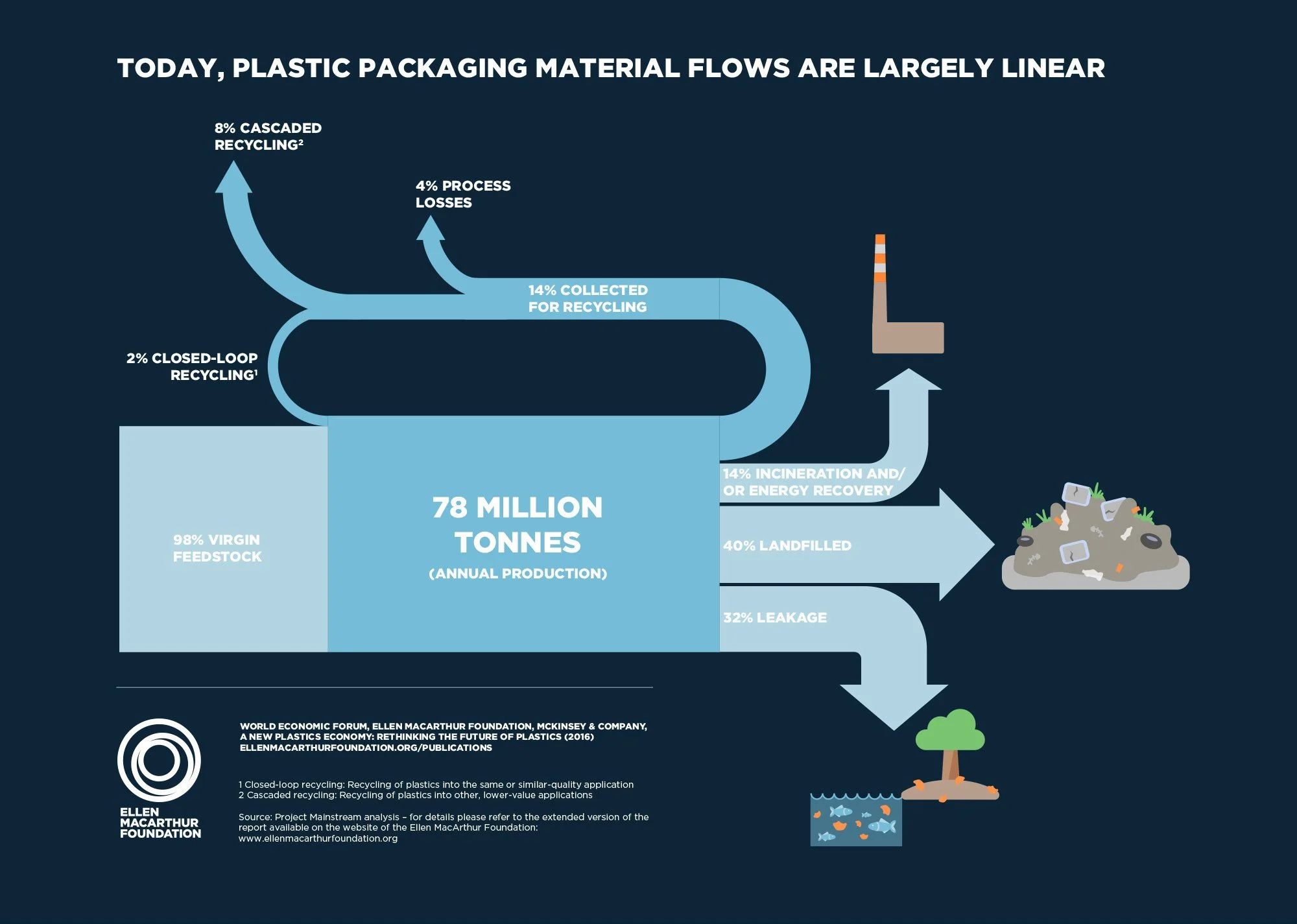What is a circular economy for SMEs?
You’ve probably heard the phrase ‘circular economy’ but what is it, and how can SMEs get involved?
What is an SME?
SME stands for Small to Medium Enterprise. Small to medium enterprises are usually small teams of businesspeople that sell products or offer a service - they can range from freelancers like Virtual Assistants, Specialist Contractors, and Consultants (like Ipsa Consulting!) all the way up to businesses with around 250 employees and turning over several million.
In order to be considered a small or medium enterprise, you have to earn money to put back into the economy up to a certain amount and employ only a certain number of people, if anyone at all.
What is a circular economy?
A circular economy is one which considers all of the processes involved in the buying and selling on, of goods or services.
This means the production of the goods – the materials they’re made from, how they’re made, where those materials are extracted from, or how a service is built and offered, and the consumption of them – how they’re used and what for, is a circular process in which each is helped by the next and is a continuous cycle.
This process is much more sustainable because each year, Earth’s natural resources are used up at an earlier and earlier point. If as businesses, we keep coming up with and participate in solutions to help support a more circular economy, then we could join initiatives like Earth Overshoot Day and #MoveTheDate nearer to December 31st or later.
How is a Circular Economy different (and better than) a linear economy?
In a linear economy, we use raw materials from the earth such as wood, to make products such as paper, which after it has been used gets thrown away as waste. If we continue to do it this way, the process stops there, and we will continue to extract raw materials from the earth.
These raw materials are only a finite amount and will eventually run out, not to mention the energy that it takes to extract them from the earth, move them and make them into something else can also be inefficient in that it is only a finite resource and can’t last forever.
If all we do is continue to extract materials (take) to make things (make) which after they’re used (use) will be turned into waste (dispose).
This process is not sustainable.
The four main concepts of a circular economy:
How the resources used to make products are managed – Taking inspiration from the systems in nature means that we can continue to work together to create more effective processes and gain more information.
How the products themselves are made – How energy efficient the processes used to make the products are. More energy efficient processes are those which are renewable – the ones we already have such as wind, solar and tidal energy.
How the products are used – The ability to reuse the products afterwards means that they are more useful because they continue to be useful as opposed to just being thrown away.
And what we do with the materials afterwards – If a product just becomes waste after it’s used then the process stops there, however if it can be recycled into something else such as plastic, glass or paper, then it can become part of a continuous cycle of use.
Why is a circular economy important?
A circular economy is so important because it focuses on reducing waste and pollution as much as possible.
It also emphasises how important it is to restore and maintain the natural systems in the world while creating the best possible conditions in order to support the regeneration of new systems.
[The Circular Economy] “is underpinned by a transition to renewable energy and materials.” [It] “decouples economic activity from the consumption of finite resources. It is a resilient system that is good for business, people and the environment.”
So what can SMEs do to adopt a Circular Economy?
If you want to leave the world in a better position, and run an SME, send us an email and find out how we can help you pivot to a circular economy - cath@ipsaconsulting.co.uk


